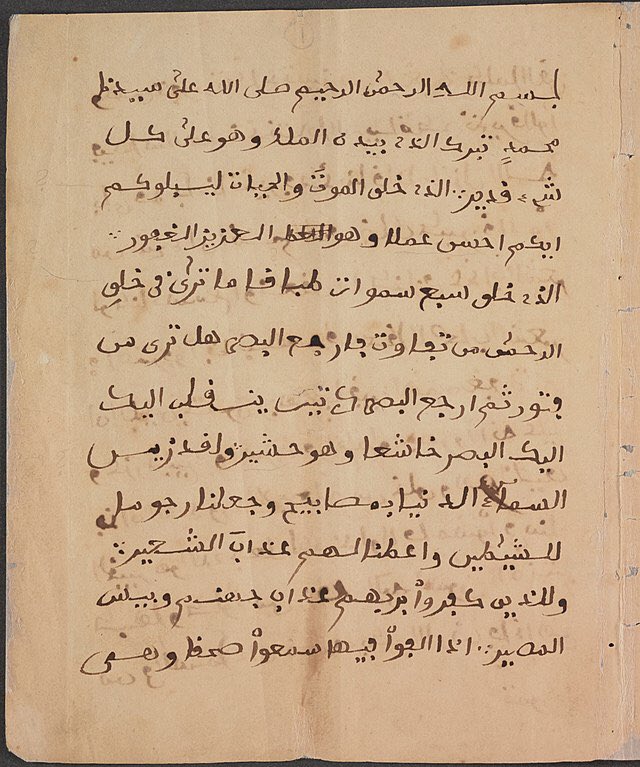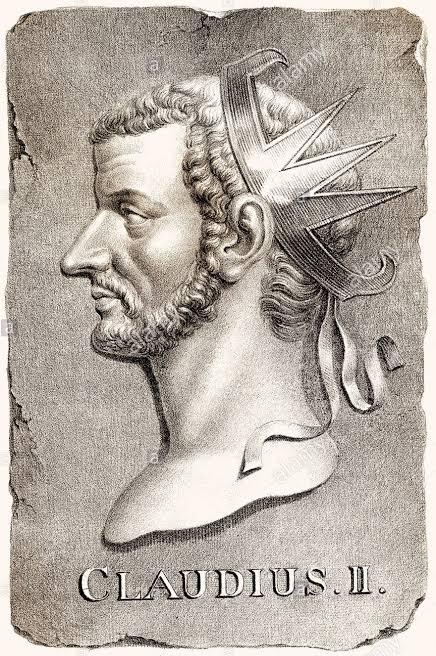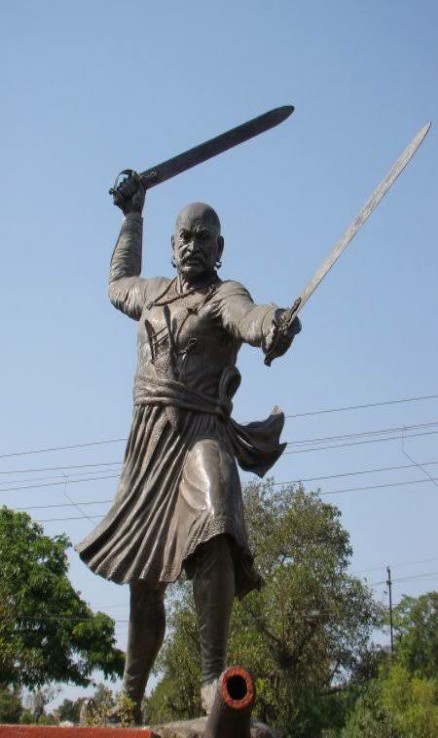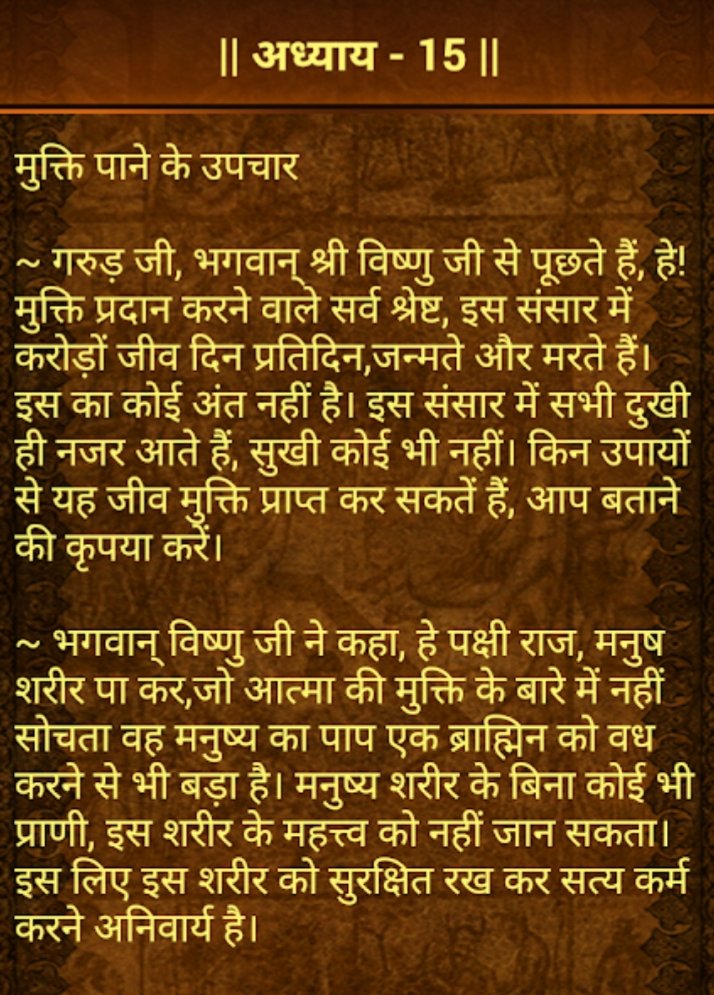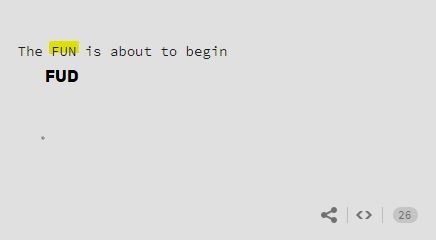In his autobiography, he writes that he was taken “to a place called Charleston in the Christian language.”
A brief thread on the life, religion, and language of Omar ibn Sa’id, author of the only known Arabic-language autobiography of an enslaved person in the United States.

In his autobiography, he writes that he was taken “to a place called Charleston in the Christian language.”
He writes more about Jesus after his conversion, but the language he uses is consistent with Islamic views of Jesus - المسيح (Messiah) and سيدنا (our master), but not ربنا, our Lord
Al-Mulk begins “Blessed is the One in whose hands is all dominion, and he is powerful above all things”. Only God has sovereignty, it asserts.
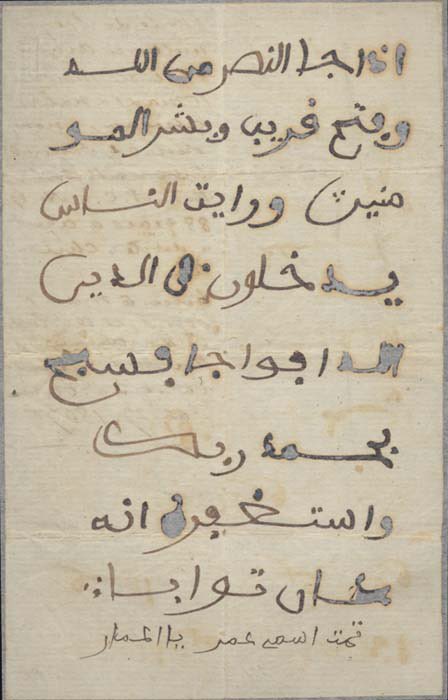
https://t.co/pwFOPD3K50
https://t.co/iP8rUM5FWi
More from History
**Thread on Bravery of Sikhs**
(I am forced to do this due to continuous hounding of Sikh Extremists since yesterday)
Rani Jindan Kaur, wife of Maharaja Ranjit Singh had illegitimate relations with Lal Singh (PM of Ranjit Singh). Along with Lal Singh, she attacked Jammu, burnt - https://t.co/EfjAq59AyI

Hindu villages of Jasrota, caused rebellion in Jammu, attacked Kishtwar.
Ancestors of Raja Ranjit Singh, The Sansi Tribe used to give daughters as concubines to Jahangir.

The Ludhiana Political Agency (Later NW Fronties Prov) was formed by less than 4000 British soldiers who advanced from Delhi and reached Ludhiana, receiving submissions of all sikh chiefs along the way. The submission of the troops of Raja of Lahore (Ranjit Singh) at Ambala.
Dabistan a contemporary book on Sikh History tells us that Guru Hargobind broke Naina devi Idol Same source describes Guru Hargobind serving a eunuch
YarKhan. (ref was proudly shared by a sikh on twitter)
Gobind Singh followed Bahadur Shah to Deccan to fight for him.

In Zafarnama, Guru Gobind Singh states that the reason he was in conflict with the Hill Rajas was that while they were worshiping idols, while he was an idol-breaker.
And idiot Hindus place him along Maharana, Prithviraj and Shivaji as saviours of Dharma.

(I am forced to do this due to continuous hounding of Sikh Extremists since yesterday)
Rani Jindan Kaur, wife of Maharaja Ranjit Singh had illegitimate relations with Lal Singh (PM of Ranjit Singh). Along with Lal Singh, she attacked Jammu, burnt - https://t.co/EfjAq59AyI

Tomorrow again same thing happens bcoz fudus like you are creating a narrative oh Khalistan. when farmers are asking MSP. (RSS ki tatti khane wale Kerni sena ke kutte).
— Ancient Economist (@_stock_tips) December 5, 2020
U kill sikhs in 1984 just politics. To BC low IQ fudu Saale entire history was politics.
Hindu villages of Jasrota, caused rebellion in Jammu, attacked Kishtwar.
Ancestors of Raja Ranjit Singh, The Sansi Tribe used to give daughters as concubines to Jahangir.

The Ludhiana Political Agency (Later NW Fronties Prov) was formed by less than 4000 British soldiers who advanced from Delhi and reached Ludhiana, receiving submissions of all sikh chiefs along the way. The submission of the troops of Raja of Lahore (Ranjit Singh) at Ambala.
Dabistan a contemporary book on Sikh History tells us that Guru Hargobind broke Naina devi Idol Same source describes Guru Hargobind serving a eunuch
YarKhan. (ref was proudly shared by a sikh on twitter)
Gobind Singh followed Bahadur Shah to Deccan to fight for him.

In Zafarnama, Guru Gobind Singh states that the reason he was in conflict with the Hill Rajas was that while they were worshiping idols, while he was an idol-breaker.
And idiot Hindus place him along Maharana, Prithviraj and Shivaji as saviours of Dharma.

TIL:
- first Western detective stories translated & published in Japan in *1863*--that's pre-Meiji, even!
- first Chinese-written detective stories featuring Western-style detectives starred women as both detectives and criminals were published in 1907--author Lü Simian (!).
Quote: “This case is so complicated that even Sherlock Holmes would feel helpless if it fell into his hands. [Now] it is solved by a woman who returned from abroad for a brief
visit to her hometown. Who is to say that the wisdom of Chinese cannot compete with the Westerners?”
The lead female detective in these stories, Chu Yi, is a fan of Doyle's Holmes stories and asks herself "What would Sherlock Holmes do?" while crime-solving, but succeeds through her use of martial arts and more "Chinese" attributes--China, not the West, solves the crimes.
Author Lü Simian, btw, is this guy: https://t.co/swPvAxr87J . One of the "four greatest modern Chinese historians," also wrote a landmark work of literary theory, and helped cohere Chinese detective fiction with his stories. Bit of a badass.
Holmes was the dominant influence on Chinese detective fiction of the late-Qing & early Republic years, and the biggest star of Chinese detective fiction of those years, Cheng Xiaoqing's Huo Sang, was a spin on Holmes.
- first Western detective stories translated & published in Japan in *1863*--that's pre-Meiji, even!
- first Chinese-written detective stories featuring Western-style detectives starred women as both detectives and criminals were published in 1907--author Lü Simian (!).
Quote: “This case is so complicated that even Sherlock Holmes would feel helpless if it fell into his hands. [Now] it is solved by a woman who returned from abroad for a brief
visit to her hometown. Who is to say that the wisdom of Chinese cannot compete with the Westerners?”
The lead female detective in these stories, Chu Yi, is a fan of Doyle's Holmes stories and asks herself "What would Sherlock Holmes do?" while crime-solving, but succeeds through her use of martial arts and more "Chinese" attributes--China, not the West, solves the crimes.
Author Lü Simian, btw, is this guy: https://t.co/swPvAxr87J . One of the "four greatest modern Chinese historians," also wrote a landmark work of literary theory, and helped cohere Chinese detective fiction with his stories. Bit of a badass.
Holmes was the dominant influence on Chinese detective fiction of the late-Qing & early Republic years, and the biggest star of Chinese detective fiction of those years, Cheng Xiaoqing's Huo Sang, was a spin on Holmes.

